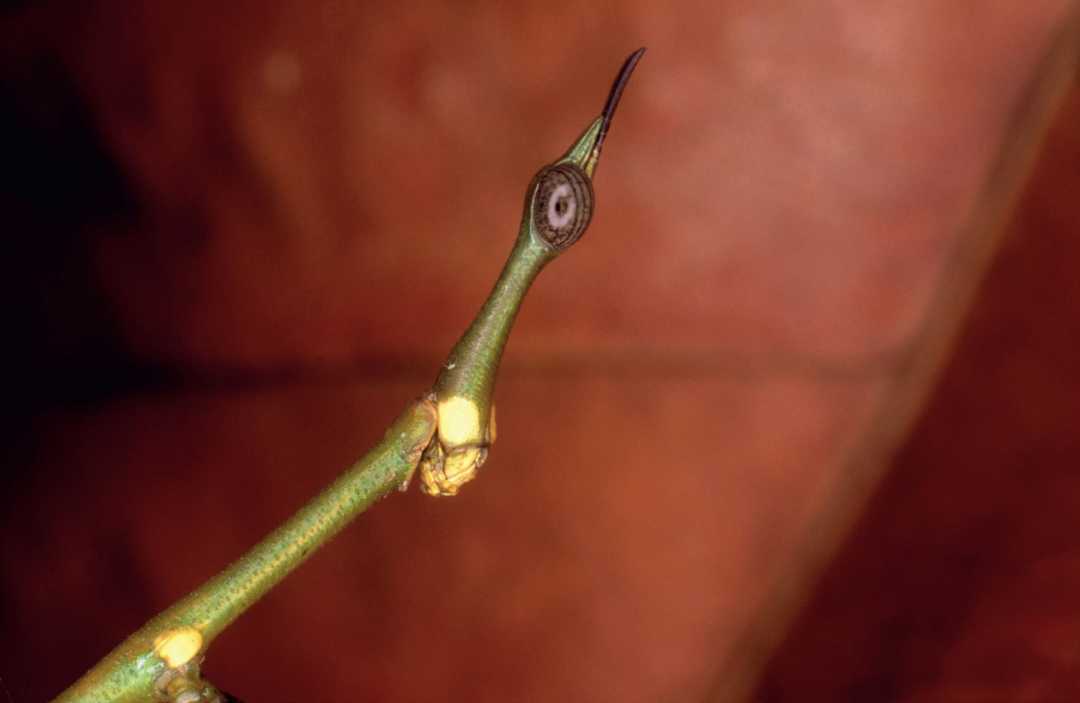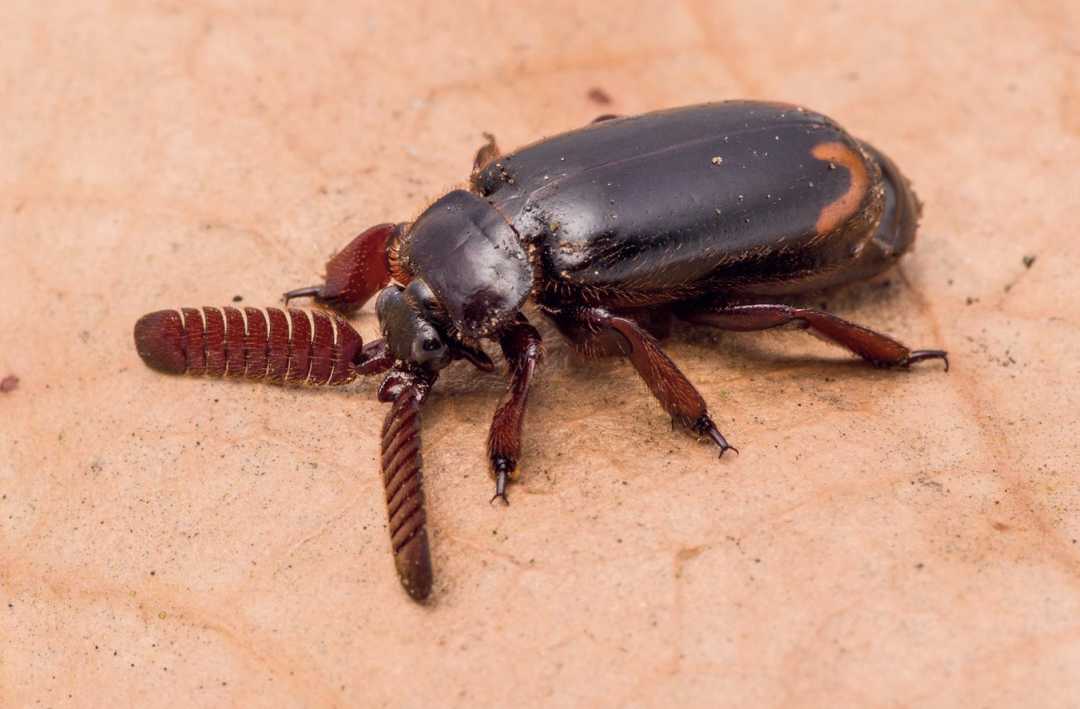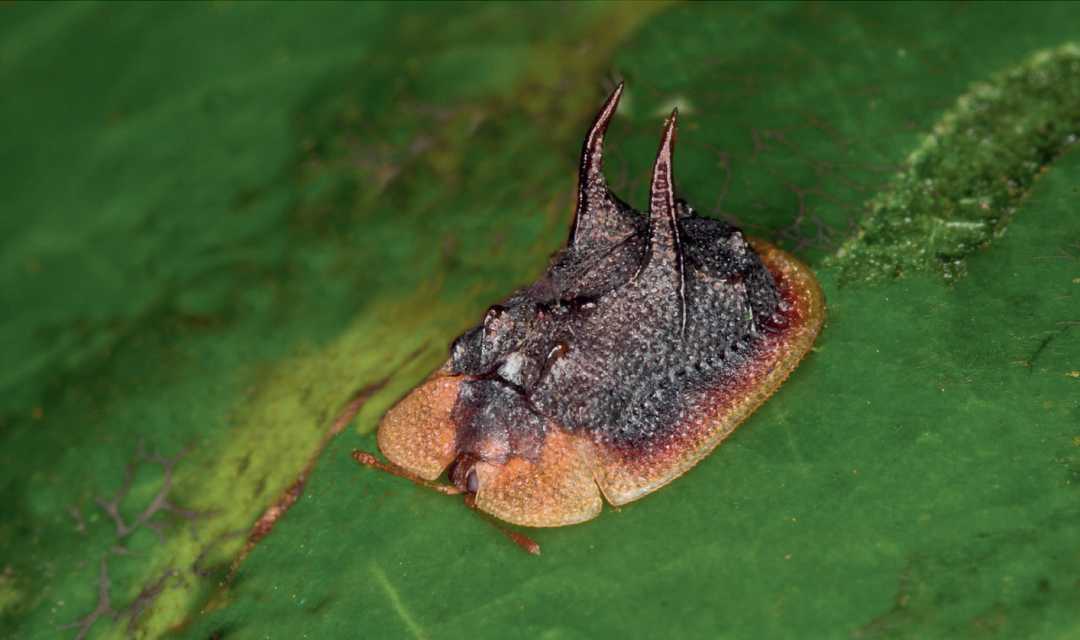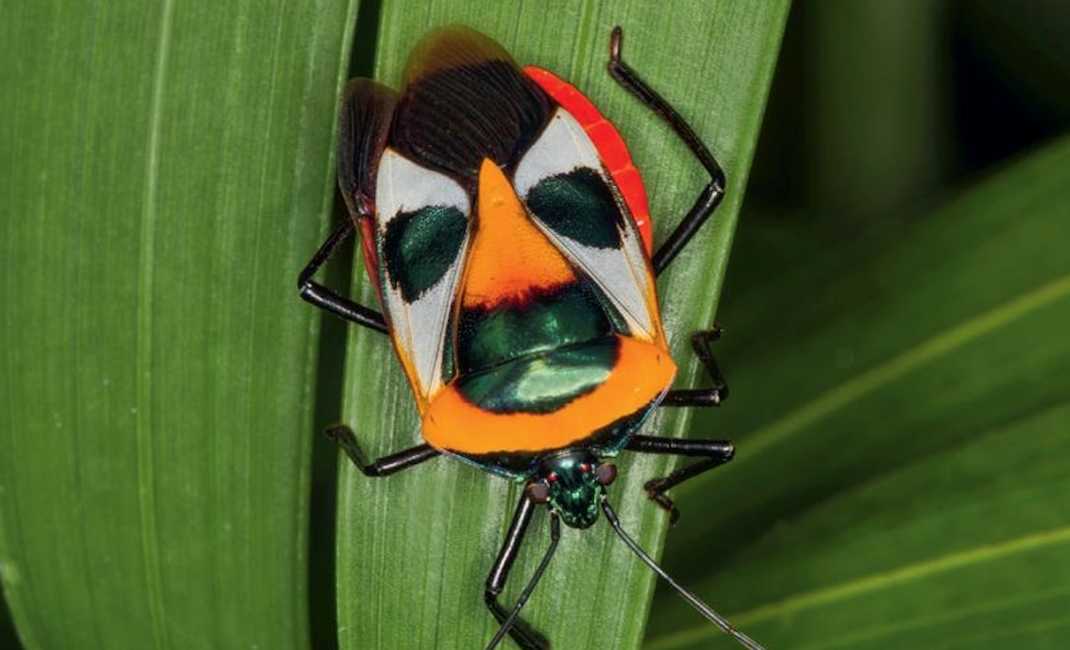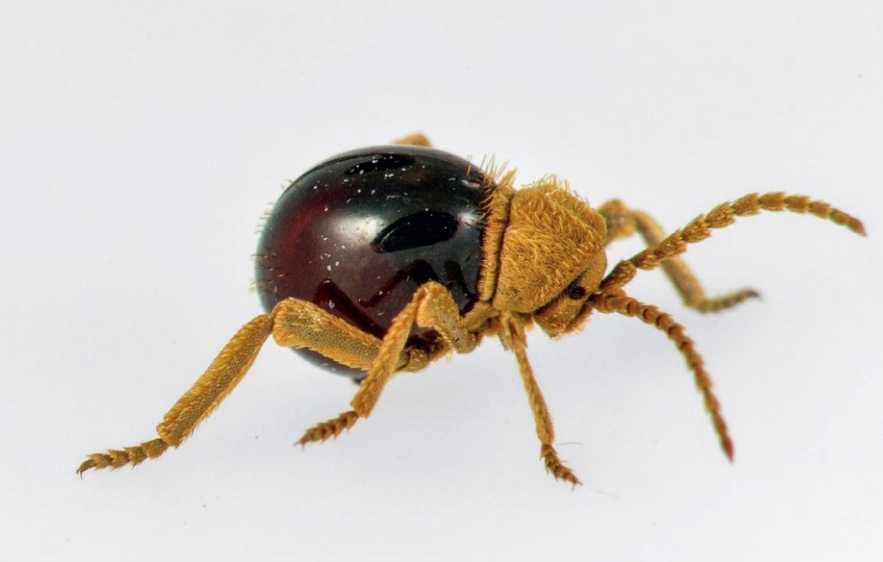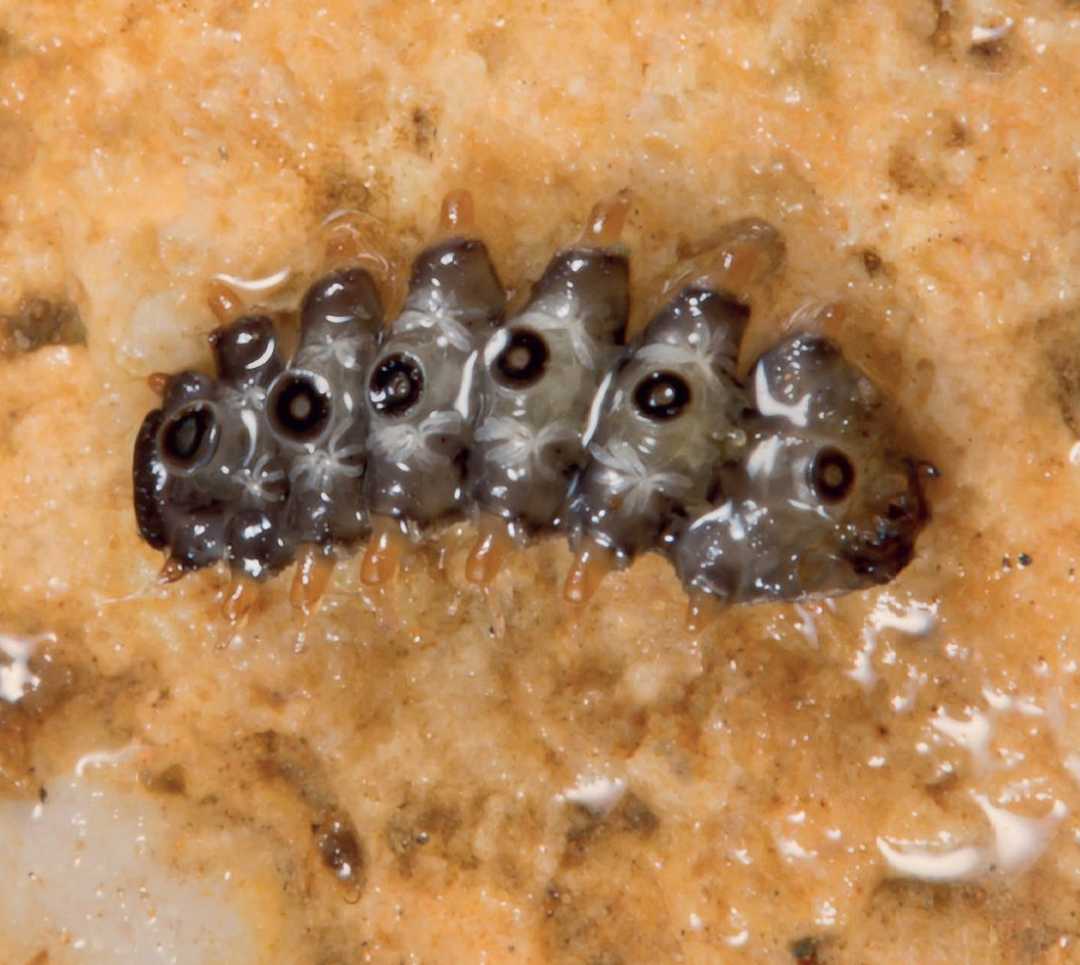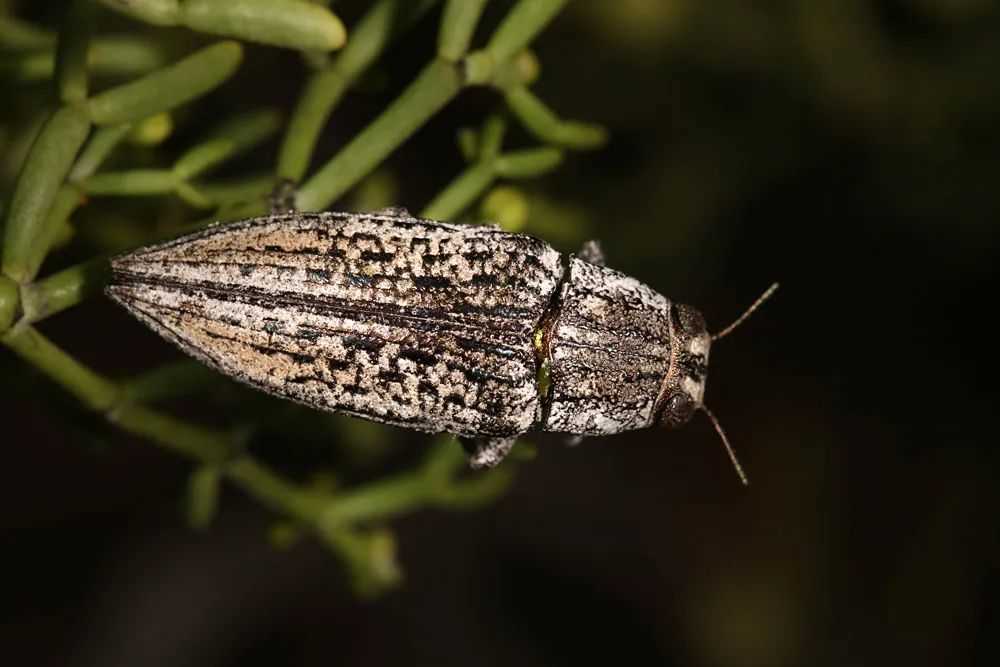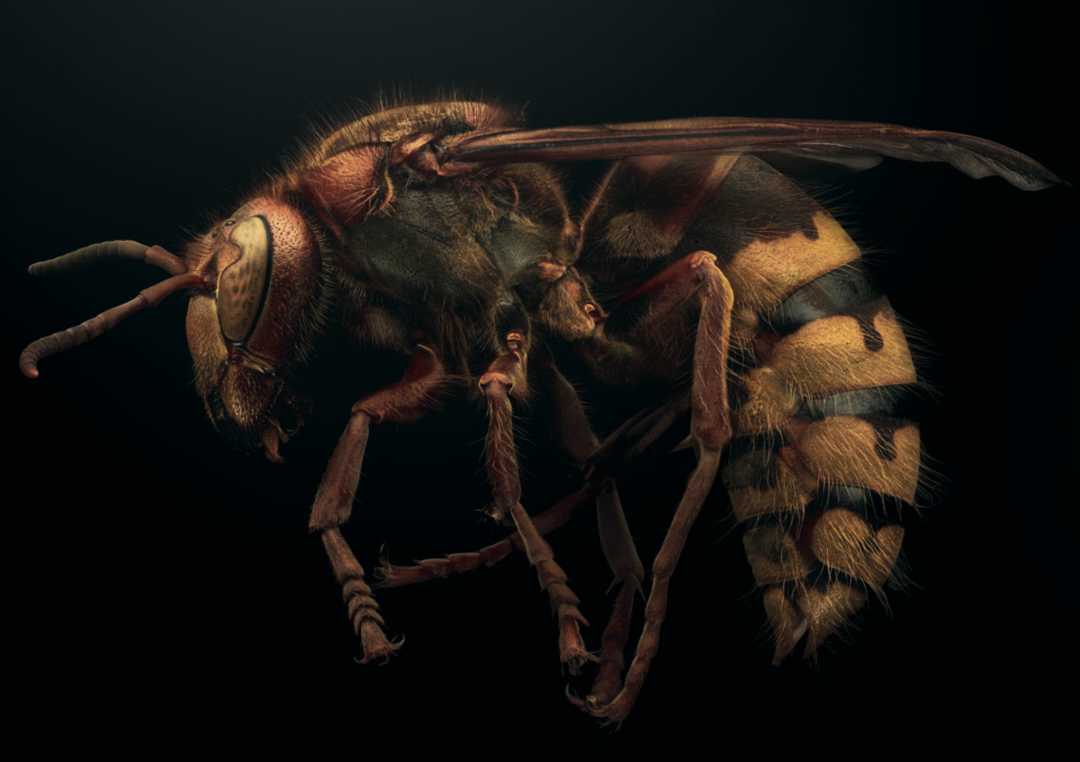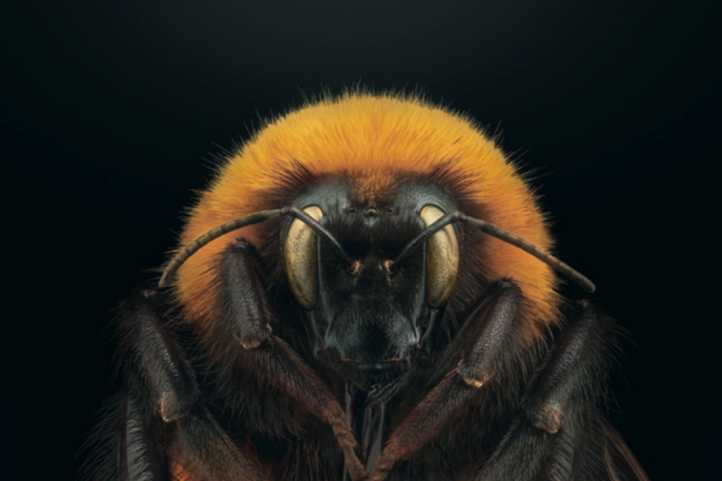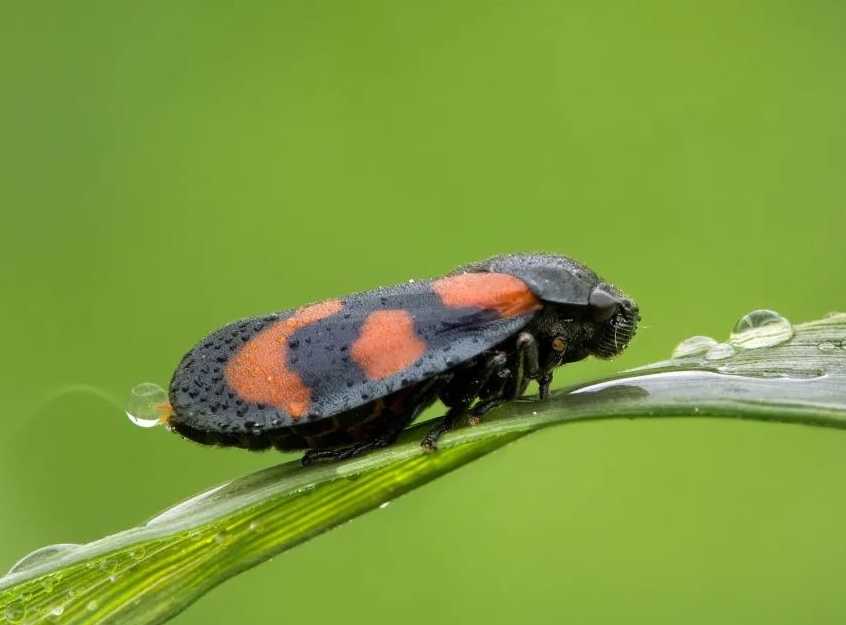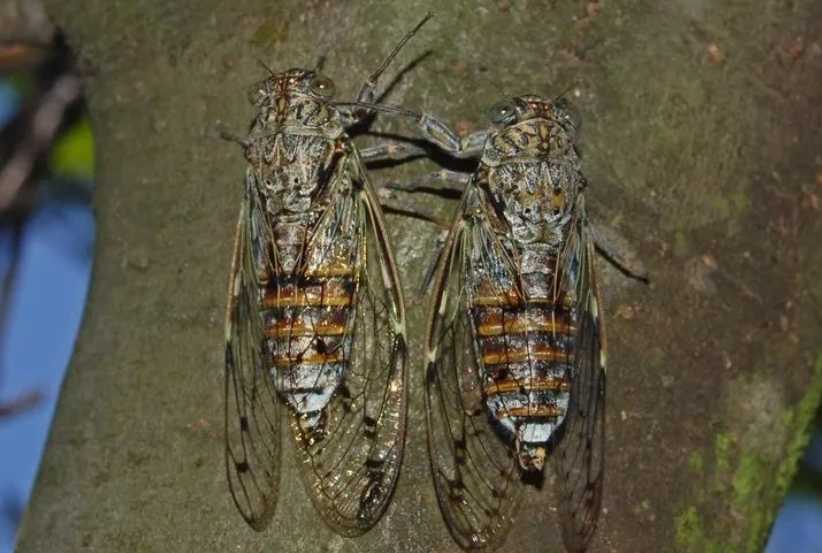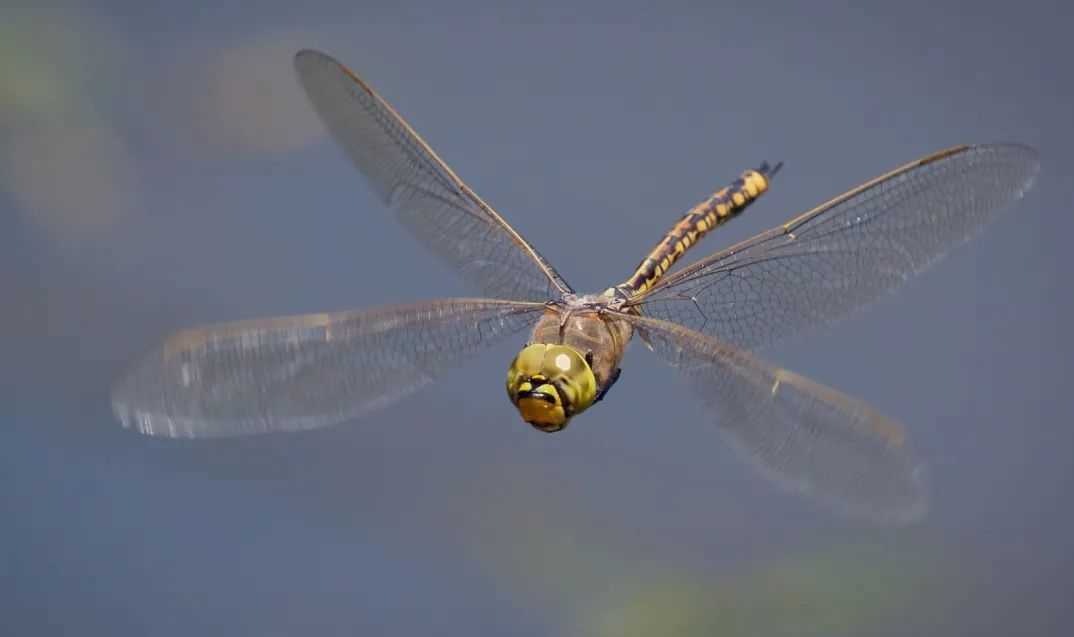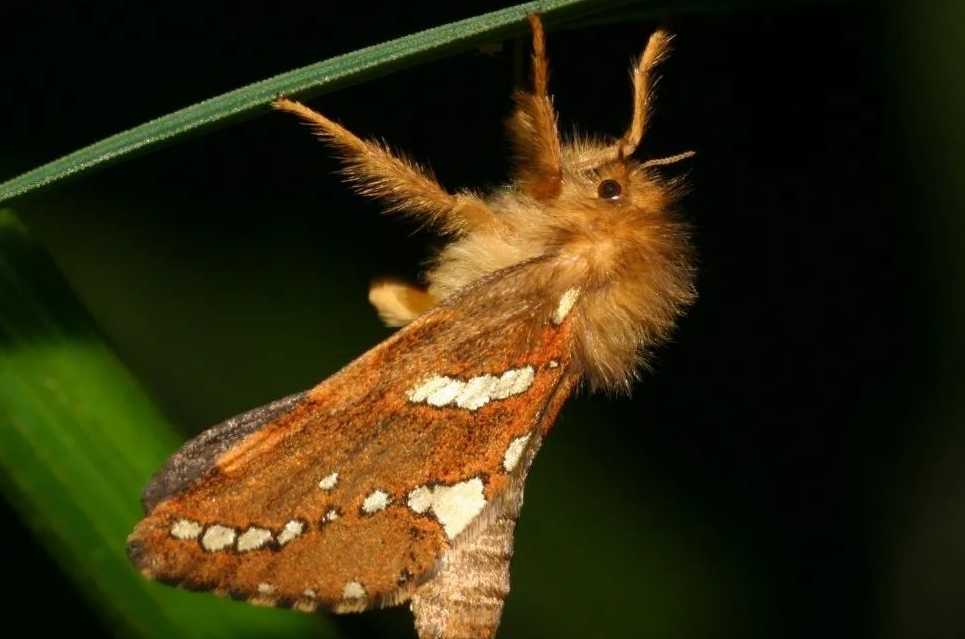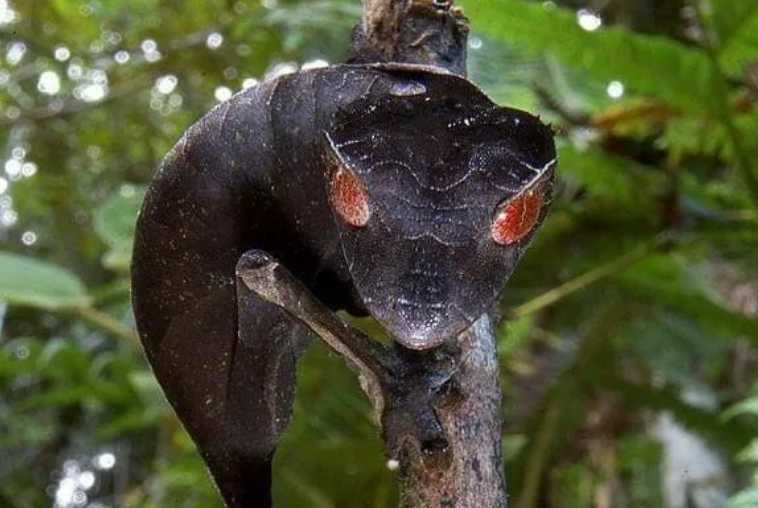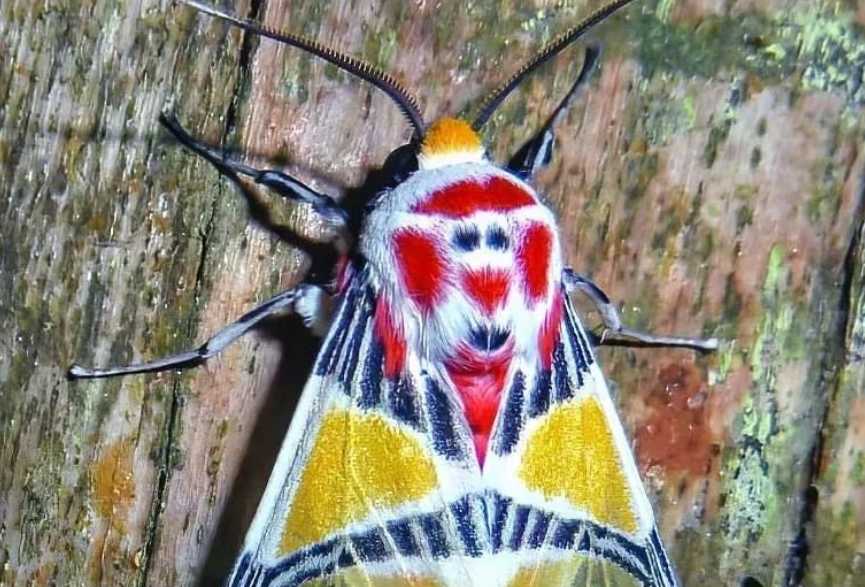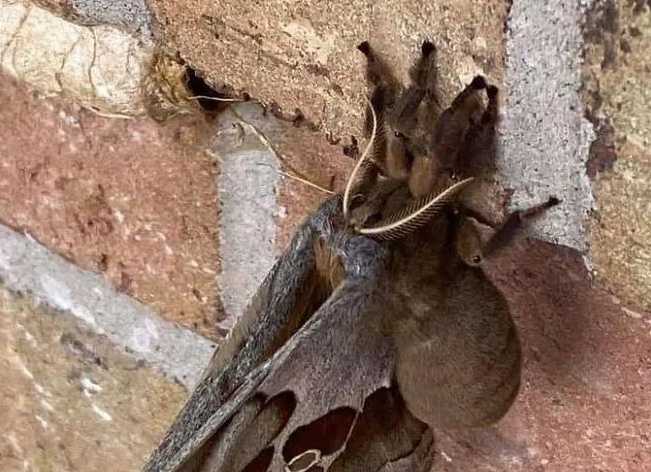Insect Information
Catacanthus incarnatus: The Mesmerizing 'Human-Faced' Bug with Dazzling Patterns
Among stink bugs, Catacanthus incarnatus stands alone with its striking markings and uncanny mimicry of a human face. The insect’s thorax and abdomen feature a pattern resembling eyes, a nose, a mouth, and even a defined hairline, creating a surreal illusion that captivates and startles in equal measure. Its vivid red and black coloration only amplifies the effect, making it one of nature’s most extraordinary examples of mimicry.
Mezium affine: America's Tiny Spider-Mimicking Beetle
Measuring just 3 mm in length, Mezium affine is a curious beetle from the Americas that lives up to its name through remarkable arachnid mimicry. This minuscule insect has evolved physical traits that closely resemble a spider, blurring the line between beetle and arachnid at first glance. Its body shape, leg structure, and even behavioral cues work in tandem to create a convincing illusion.
The Alien-Looking Insect of the Blephariceridae Family
Members of the net-winged midge family (Blephariceridae) resemble extraterrestrial creatures, thriving in the turbulent waters of fast-flowing streams and waterfalls. Their larvae possess a remarkable adaptation: numerous suction cups on the ventral side of their bodies, allowing them to cling tenaciously to slippery rocks amid raging currents. This unique morphology enables them to withstand the force of rushing water while feeding.
Jewel Beetles: Nature's Living Gems with Iridescent Armor
Jewel beetles, belonging to the family Buprestidae, dazzle with metallic hues that rival precious stones, earning them names like "jewel bugs" or "metallic wood-borers." Found across the globe, these beetles combine stunning aesthetics with a unique life cycle, captivating both entomologists and nature enthusiasts. Their elytra, often emerald green, sapphire blue, or coppery red, derive their brilliance from structural coloration—microscopic ridges that refract light.
The Yellow - Bordered Hornet: A Wasp of Contrasting Fortunes
The yellow - bordered hornet, scientifically known as Vespa crabro, is a striking insect that commands attention with its size and distinct appearance. As the largest hornet species in Europe, it has long been a part of the region's ecosystems, but its recent decline in numbers has puzzled researchers.
The Giant Bumblebee: Bombus dahlbomii
Bombus dahlbomii, often referred to as the "flying mouse", is one of the largest bumblebees in the world. It is the only native bumblebee species in southern South America, occupying a unique ecological niche.
Spittlebugs: Nature's Mighty Jumpers and Foam - Nest Builders
Spittlebugs, remarkable for their athletic leaping abilities, rank among the strongest jumping insects on the planet. These tiny arthropods, belonging to the family Cercopidae, blend plant - feeding habits with a unique parental strategy, making them a fascinating subject in entomology.
Cicadas: The Resonant Insects of Temperate to Tropical Climes
Cicadas, iconic insects inhabiting temperate to tropical regions worldwide, are renowned for their deafening calls—and often reviled for the noise that earns them a reputation as bothersome pests. These arthropods, belonging to the family Cicadidae, blend distinctive physical traits with a life cycle that spans years underground before their brief, noisy emergence.
Australian Dragonfly: The Speedy Giant of the Insect World
The Australian dragonfly (Austrophlebia costalis), renowned as one of the fastest insects on Earth, boasts a breathtaking short - distance sprint speed of up to 58 kilometers per hour. As the largest among the 5,000+ dragonfly species, this majestic insect stretches up to 12 centimeters in length, blending imposing size with unparalleled aerial agility.
Bat Moths: A Diverse and Prolific Insect Group
Bat moths belong to the genus Hepialus in the family Hepialidae. They are a group of insects with remarkable reproductive capabilities. A female bat moth can lay more than 2,900 eggs, which is quite prolific among insects.
The Japanese Rhinoceros Beetle (Allomyrina dichotoma): A Horned Symbol of Strength and Nature's Engineer
The Japanese rhinoceros beetle, scientifically known as Allomyrina dichotoma, is an iconic insect revered for its distinctive Y-shaped horn and deep cultural significance in Japan. Measuring 3–5 centimeters in length, this scarab beetle captivates with its robust build and unique morphology, while its larval stage plays a crucial role in forest ecosystems as a decomposer.
The Unusual Tree: Trees That Bloom Directly on the Trunk
In nature, there are some unique trees that bloom directly on their trunks, challenging the common perception of plant growth.
Satanic Leaf-Tailed Gecko: Nature's Master of Dead Leaf Mimicry
In the dense rainforests of Madagascar, a remarkable reptile demonstrates nature’s most astonishing camouflage: the Satanic leaf-tailed gecko (Uroplatus phantasticus). Renowned for its uncanny resemblance to a dried, withered leaf, this gecko has evolved the perfect disguise to vanish into its forest habitat.
The "Human-Faced" Tiger Moth: A Mysterious Lepidopteran of Tropical Regions
In the lush ecosystems of tropical and subtropical zones, a fascinating moth has evolved a 诡异 (bizarre) trait: distinct markings on its hindwings that resemble a human face. This tiger moth (subfamily Arctiinae) has captivated entomologists and nature enthusiasts alike for its uncanny mimicry, blending survival strategy with eerie aesthetic.
Aggressive Tokay Geckos: A Closer Look at Their Biting Abilities
Tokay geckos are known for their aggressive nature and powerful bites. These reptiles, native to Southeast Asia, have sharp teeth that are large enough to pierce human skin. Their bites can cause significant pain and discomfort, and may even lead to infection if not treated properly.
The Polyphemus Moth: A Winged 'Wolf Spider' That Strikes Fear
The Polyphemus moth (Antheraea polyphemus), one of North America’s largest silk moths, has earned an eerie reputation for its appearance—some say it resembles a wolf spider with wings, a comparison that sends shivers down the spines of those unaccustomed to its imposing size and fuzzy texture. With a wingspan of up to 15 cm, this lepidopteran blends delicate wing patterns with a robust, hairy body, creating an uncanny hybrid of beauty and intimidation.


